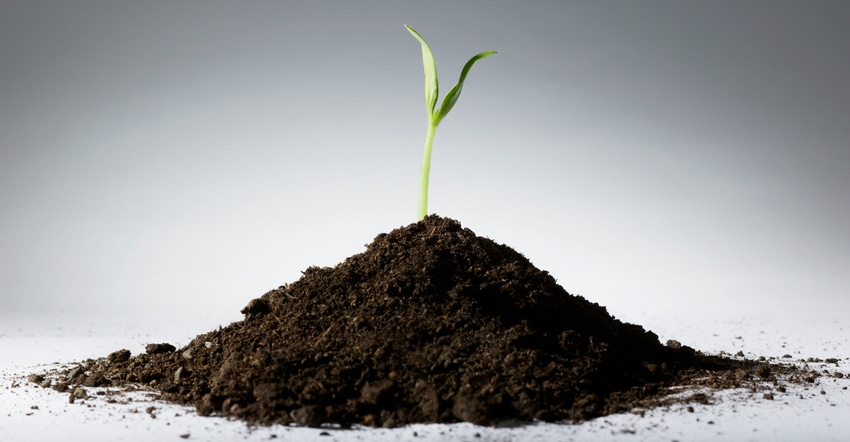November 3, 2021

Since coming on with MSU Extension, I’ve answered calls and visited with many vegetable growers who are in a new position of power on their family farm or are new to vegetable farming all together.
Many of these inquiries come in March, when winter makes one look forward to a green spring, and tax season makes landowners wonder, “How can I make this pay?” These farming fever dreams require more scrutiny to define the true parameters of their worth.
Maybe it’s pessimistic, maybe it’s realistic, but looking for the limits of an opportunity can help one plan more effectively for the best use of the finite resources in life: space, energy and time (SET). There is only so much of those to go around.
One must barter, exchange for money or exploit whatever edge they have regarding the amount of space, energy and time they have, and play to one’s strengths. This is a rundown of what I try to talk about with growers coming to me with ideas about their future in farming, asking them, “Are you SET?”
Space
It is important to consider the amount, location and quality of land available to you. More often than inheriting a tractor or finding oneself out of work, the sudden acquisition of land through inheritance is a primary driver for catching the farming bug. Does the property contain tillable area with a managed crop history, soil test data or usable outbuildings? How rocky, hilly, drained, overgrown or beat to heck is it?
Check on it in April around thaw and see if or where water gathers. Is there a water source for supplemental irrigation? How close is it to your primary residence and your potential market? Are their stipulations or conditions for its use? When stuck with crummy prospects for space, you’ll have to spend more time or energy on it.
Energy
There is a lot packed into this one. It all has to do with your power. Machinery, fuel, physical numbers of people and spirit. What or who will be doing the work? Do the people share a common vision and are they up to the task at hand? How much family capital can you cash in on this endeavor before you need to reach outside the family unit for help?
Consider your ability to house labor or compete with the wages and benefits of other businesses. What machinery do you have? Are the machines operable or repairable, and by whom? A tractor must meet the horsepower, torque, power takeoff, hydraulic, or electric needs of any equipment you plan to use or wish to acquire, and the wheel spacings should be considered as well. Likewise, any existing equipment should suit your goals. If not, convert it into money, and use that money on one of the other categories here.
Time
This is a big one for brand-new growers who are looking to get into farming from another career, or simultaneously with another gig. How much time can you or others truly put toward this? Are you targeting a four-season market? Do you want to take vacations? What travel time will you endure for sales?
Also, from the crop perspective, how long do your target crops take to mature? How long do they stay saleable, and when do you need to have a market locked in before committing to growing a crop? If this is a second career, later in life, when do you want to stop for good?
Money
“Hey!” you might be thinking. “What about money?” You are not wrong to be thinking about money. After all, it is the most liquid resource and exchangeable for any combination of the finite resources of space, energy and time. But too often money is considered the one and only limitation, and much time is spent pursuing grants and loans and then making promises that can be hard to keep in the long term.
But one must choose what their real income generator is: the sale of produce, or philanthropic donations and soft money with strings attached. It can be a slippery slope looking for grants and loans if your goal is to make a living on the sales of your produce.
Often, new growers will “add value” to their startup stories to appeal to different investors, grantors and donors. The most common I hear are “the farm will be for public education,” or “the farm will give its produce away to charity.” These are entirely different skill sets when it comes to cash flow.
Obtaining temporary operating funds in this manner can be attractive when viewed against the slow and incremental gains from the sales of produce achievable with your existing resources, but will ultimately split one more limiting resource: your focus.
Phillips is a vegetable educator with Michigan State University Extension, working with commercial field and greenhouse vegetable growers who target the fresh, wholesale and processing markets in the Bay and Thumb areas of Michigan. He can be contacted at [email protected].
You May Also Like




